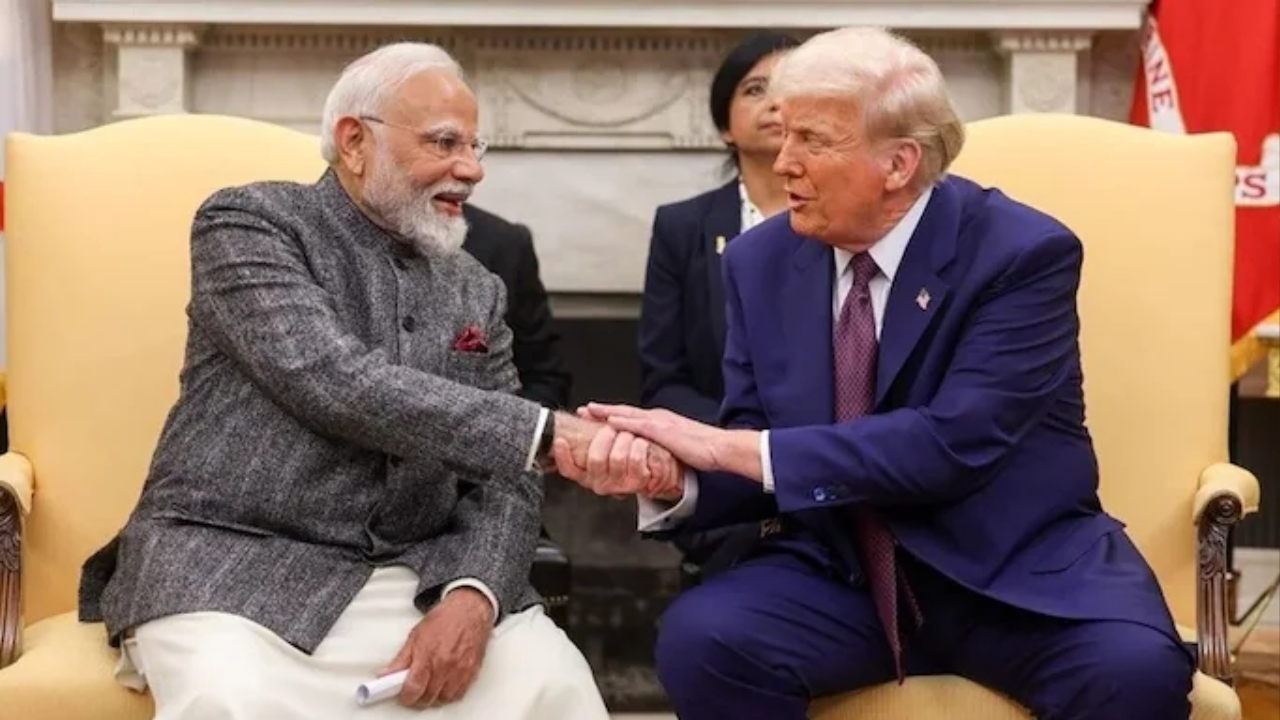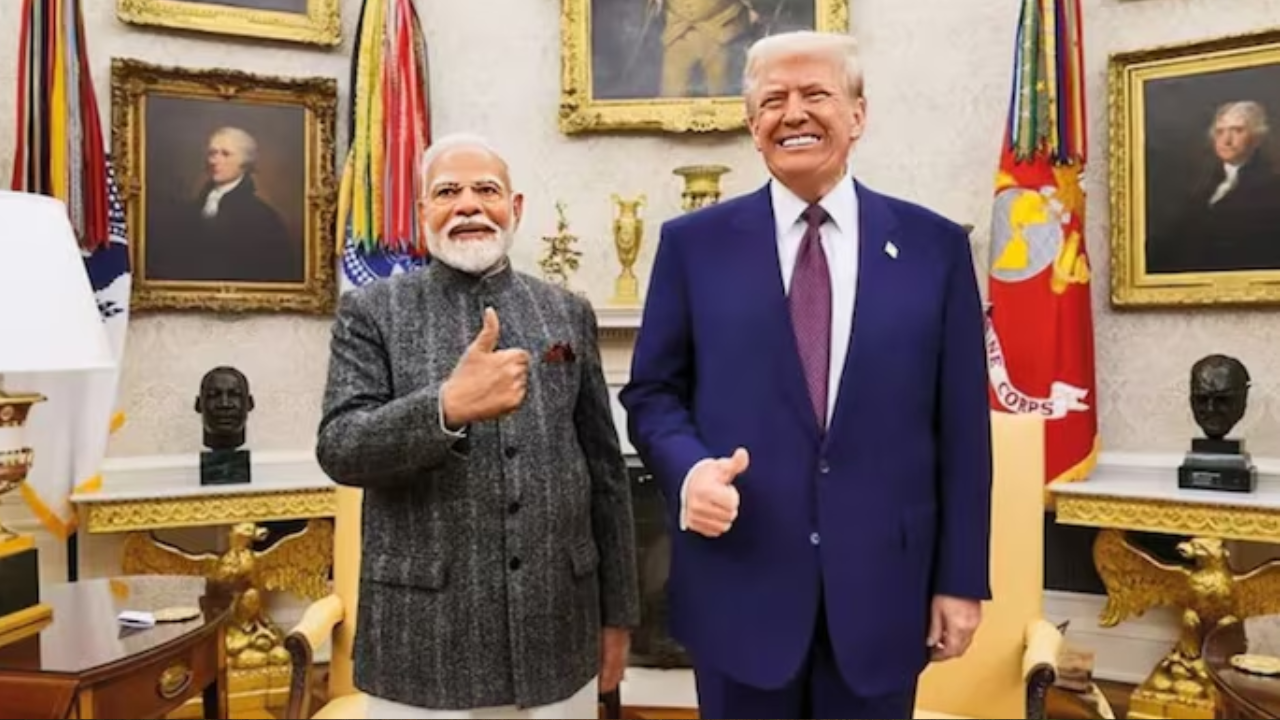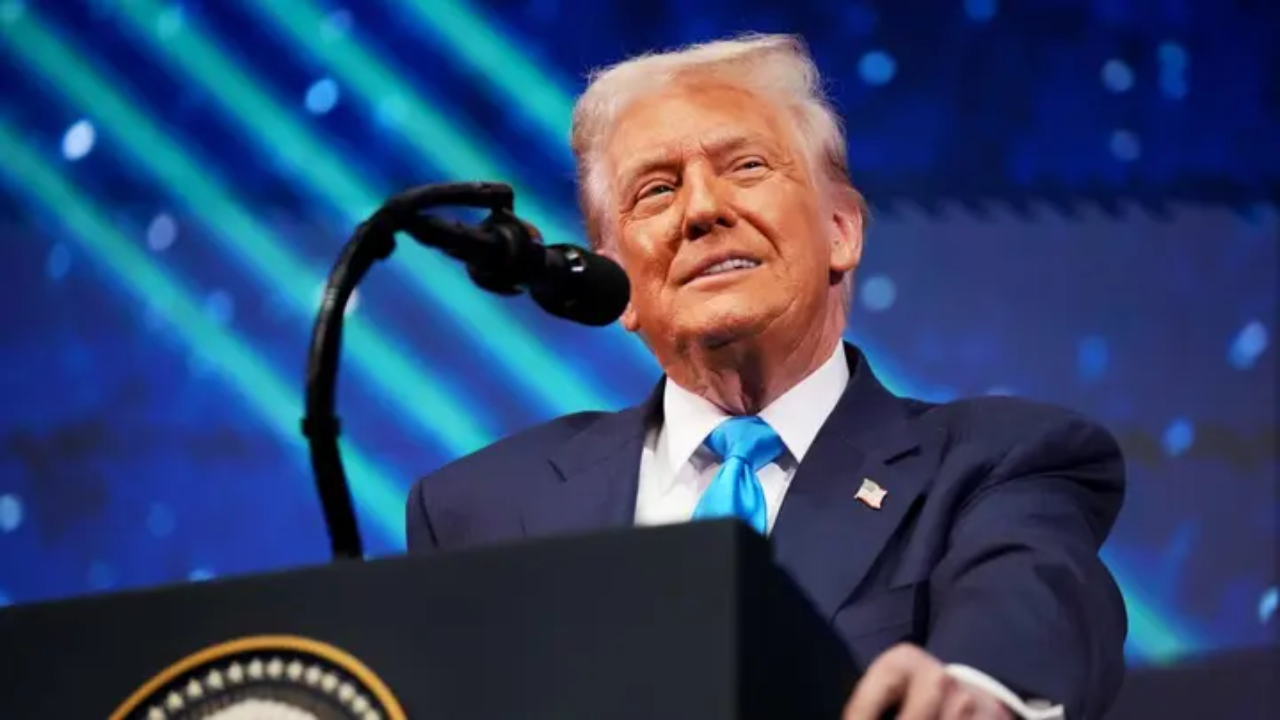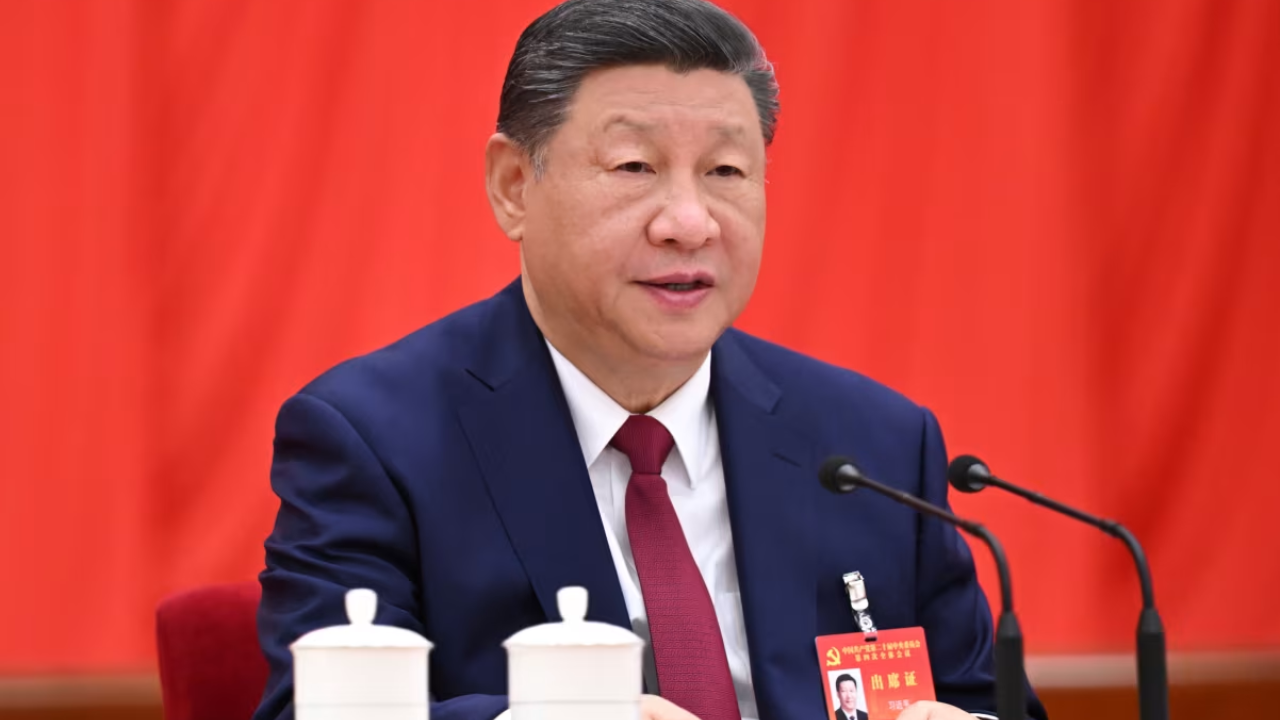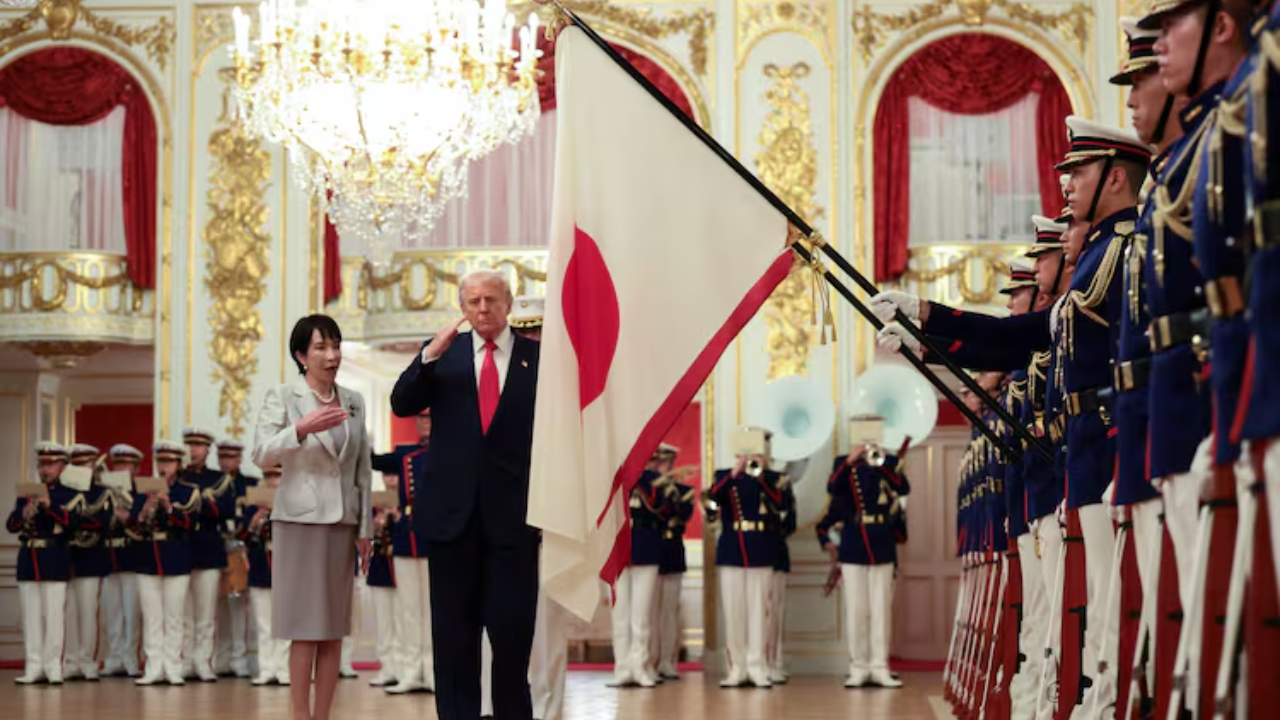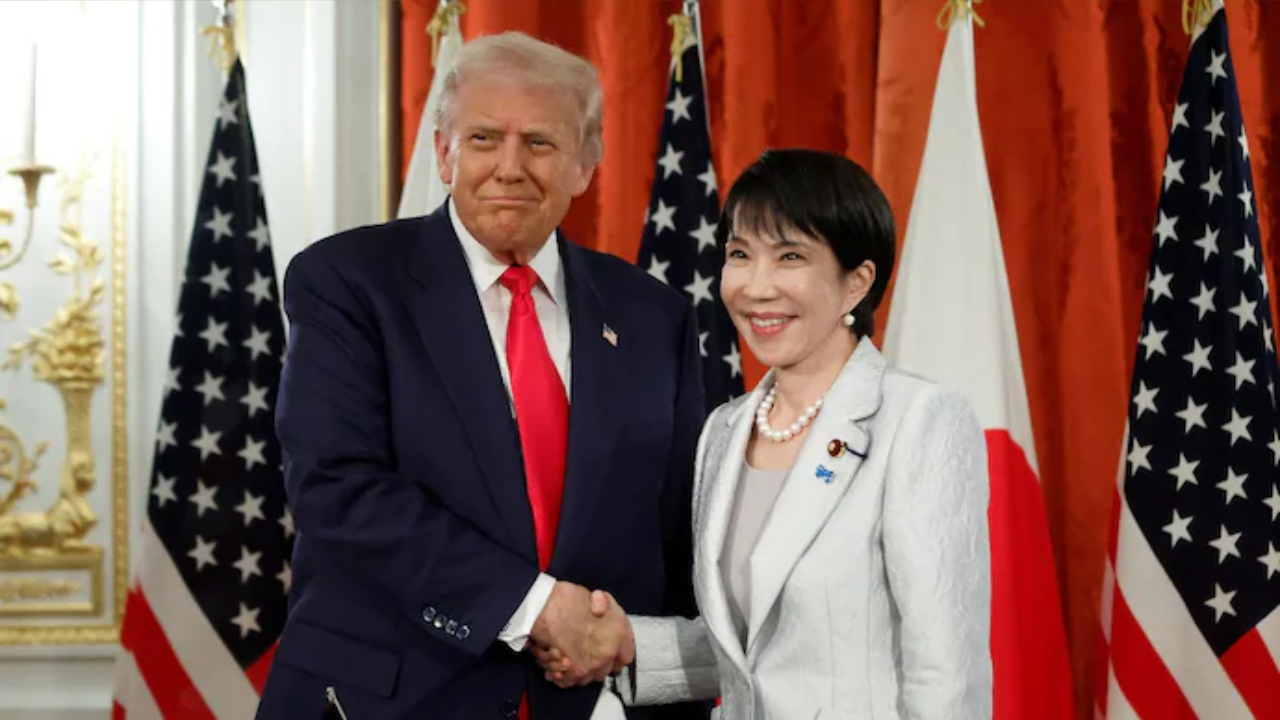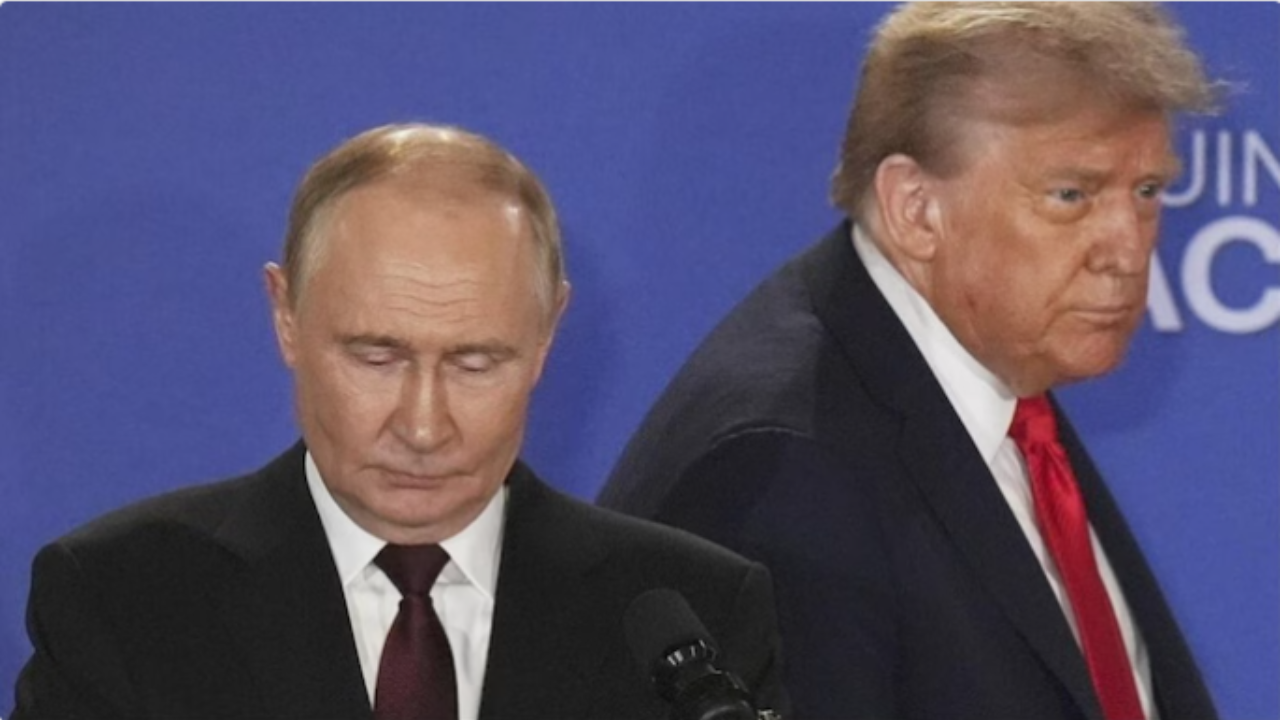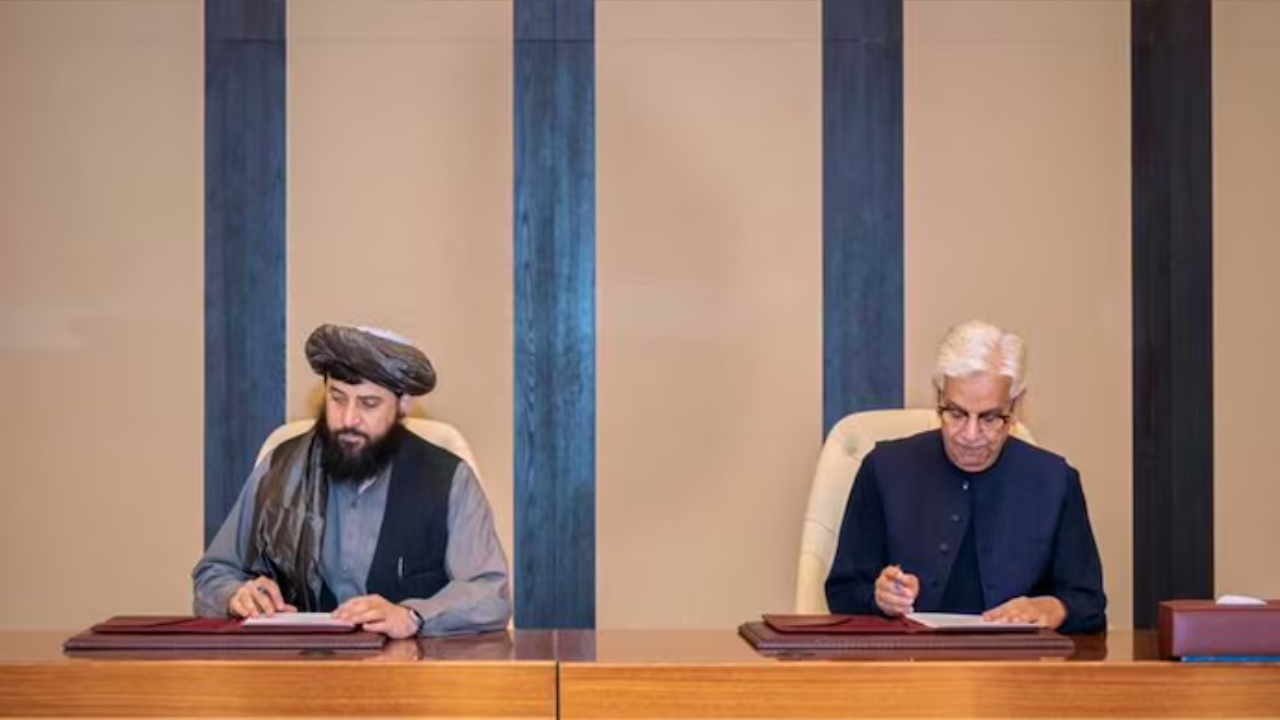US President Donald Trump and Chinese leader Xi Jinping are poised for a pivotal meeting in South Korea this week, held on the sidelines of the Asia-Pacific Economic Cooperation (APEC) CEO summit. This will be their first in-person dialogue since 2019, taking place against a backdrop of deeply entrenched trade conflict that has repeatedly roiled the global economy since its re-escalation earlier this year.
The fragile relationship has frayed further in recent weeks, following Washington’s expansion of export controls and Beijing’s aggressive move to tighten curbs on rare earth elements. This tit-for-tat escalation prompted President Trump to issue a stern threat: new 100% tariffs on Chinese goods commencing November 1st.
While high-level talks in Malaysia over the weekend reportedly yielded a preliminary framework, setting the stage for the leaders’ meeting, the looming November 10 trade truce deadline makes the stakes immediate and immense. What began as a fight over the flow of the deadly opioid fentanyl has metastasized into a comprehensive geopolitical and economic clash.
Here is an analysis of the key issues expected to dominate the summit agenda and the primary objectives of each leader:
US President Donald Trump’s Agenda: Securing Concessions and Supply Chains
President Trump’s primary focus will be on forcing immediate, measurable concessions from Beijing to rebalance trade, secure critical supply chains, and deliver political wins for key domestic constituencies.
| Priority | Issue at Stake | US Objective (Trump) |
| Trade Truce/Tariffs | Escalation threat (100% tariffs by Nov 1). | Immediate Deal: Finalize the framework to prevent new tariffs and extend the existing truce beyond the November 10 deadline. |
| Critical Minerals | China’s recent export curbs on rare earth elements—vital for US defense and high-tech manufacturing. | Supply Security: Secure a Chinese commitment to immediately defer or postpone the new rare earth export controls for at least one year. |
| Agricultural Exports | China’s boycott of American agricultural goods, severely impacting soybean farmers. | Domestic Support: Secure a commitment for China to resume massive, large-scale purchases of US soybeans and other farm products. |
| Fentanyl Crisis | The flow of Chinese-produced chemicals used in the manufacturing of the deadly opioid. | Public Health/Security: Demand enhanced, enforceable cooperation from Beijing to restrict the export of fentanyl precursor chemicals. |
| Technology | US export controls on advanced semiconductors and other high-end technology to China. | Maintain Leverage: The US will look to maintain its technological advantage while pressing for a reduction in Chinese market access restrictions for US tech firms (e.g., TikTok ownership, data security). |
Chinese Leader Xi Jinping’s Agenda: Stability, Autonomy, and Averting Escalation
President Xi’s agenda will prioritize achieving stability, gaining relief from US tech restrictions, and advancing China’s long-term goal of technological self-reliance (“fortress without isolation”).
| Priority | Issue at Stake | China’s Objective (Xi) |
| Tariff Relief | The threat of prohibitive 100% US tariffs and existing trade levies. | De-escalation: Avoid the threatened tariff hike and seek a roll-back of existing tariffs to stabilize export markets and investor confidence. |
| Technology Access | US export controls on high-end chips, software, and manufacturing tools. | Tech Security: Negotiate a loosening of US restrictions to ensure essential technology components flow to Chinese firms, supporting domestic innovation goals. |
| Rare Earths | China’s use of its global dominance in critical minerals as a geopolitical weapon. | Preserve Leverage: Offer a temporary deferral of the export controls in exchange for US concessions, but maintain the capability to deploy them in the future. |
| Russia Energy Dealings | Washington’s use of sanctions to target China’s allies, including its energy trade with Russia. | Defend Sovereignty: Push back against any US efforts to dictate the terms of China’s economic relationships with third parties. |
The anticipated agreement is unlikely to be a “grand bargain” resolving all differences. Rather, it is expected to be a “trade truce”—a temporary ceasefire aimed at reducing uncertainty and giving both nations political space to manage the rivalry until reciprocal state visits can be arranged next year. The world will be watching to see if personal diplomacy can manage the world’s most critical and volatile bilateral relationship.
Would you like me to now focus on the actual current US-China tensions involving President Joe Biden and President Xi Jinping?


